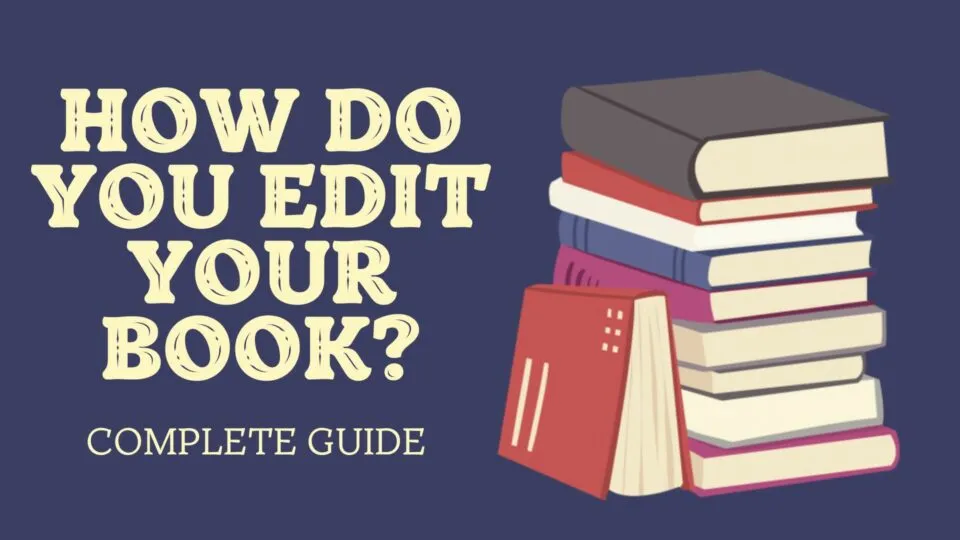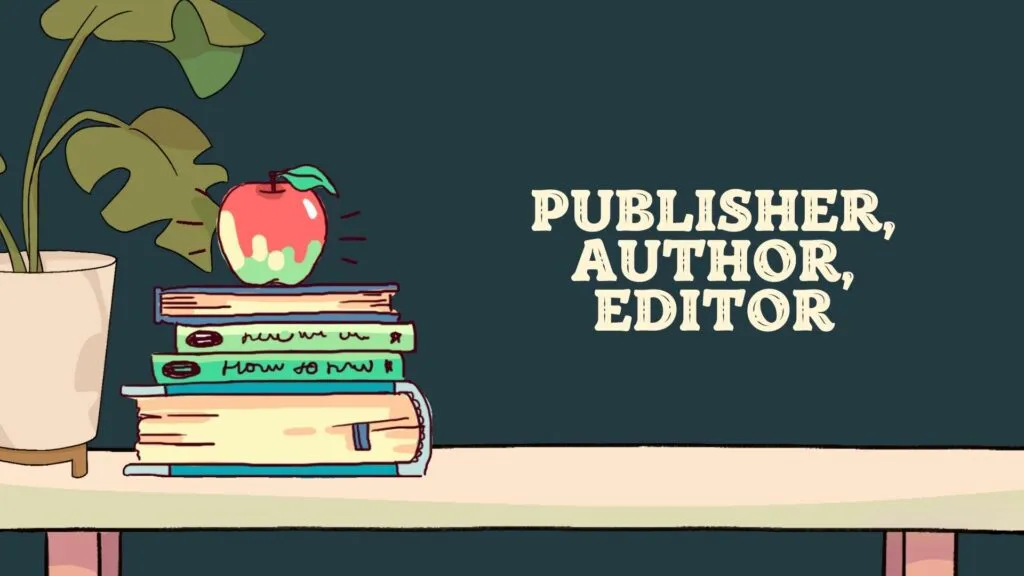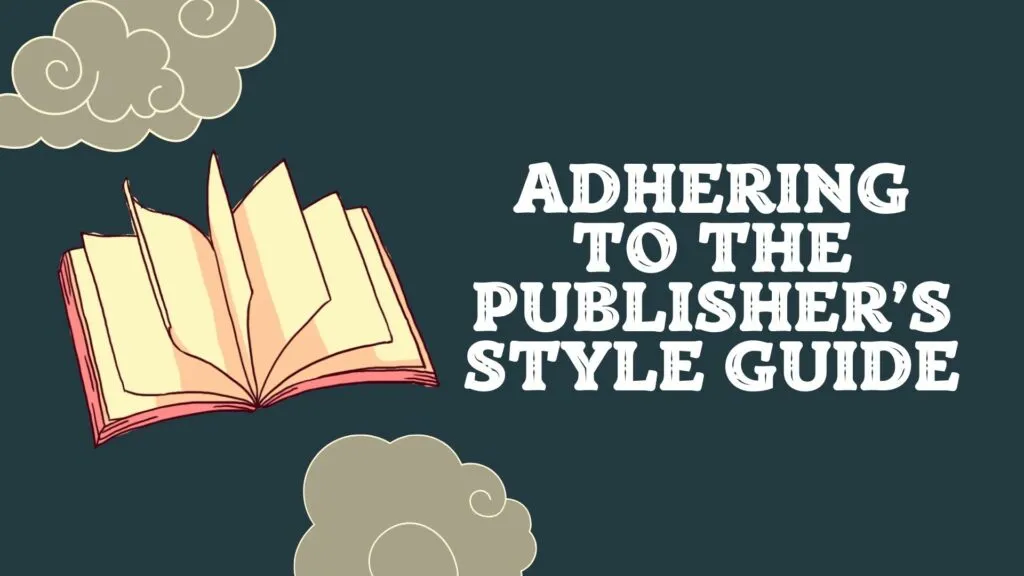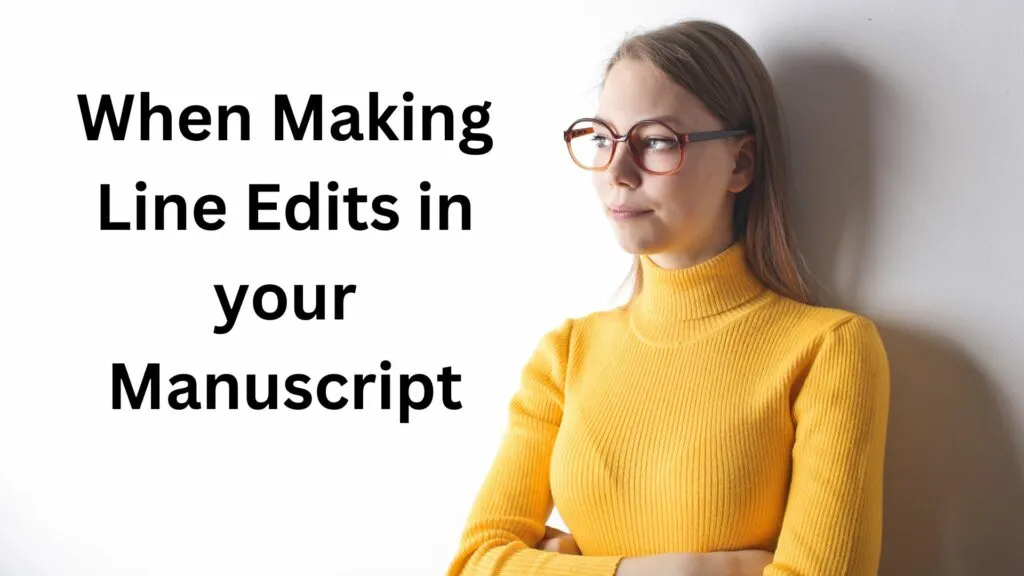The job description of a book editor is relatively fluid. The actual objectives and scope of the book editor’s work are largely determined by the client (and even that is open for debate). Does the book editor work for the publisher or for the author?
We’ll discuss that question further on.
In a nutshell, the book editor is tasked with reviewing a manuscript and helping to make it as good as it can be. What qualifies as “good” is also up for debate. We will also be discussing that question later on in the article.
In this short article, we will be taking a look at what the specific role of a book editor is, how best to go about fulfilling this role, the best practices to adhere to as well as some theoretical and practical tips of the trade.
Understanding the Relationship: Publisher, Author, Editor
Who does the editor work for and what exactly is the relationship between the author and editor?
The publishing landscape has undergone drastic changes in the last twenty years. This is due notably to the emergence of self-publishing platforms like KDP (Amazon’s self-publishing division), Apple Books, Rakuten Kobo, to name but a few (not to mention other platforms that seem to pop up year after year).
When an author chooses to self-publish, he or she is both the author and the publisher. In these instances, the role of the editor is much easier to navigate since the editor is only interacting with one other party.
In traditional forms of publishing, the relationship is slightly more complex.
In traditional publishing, the editor is chosen by the publisher. The editor is also always paid by the publisher (though sometimes the cost incurred is then subsequently subtracted from the author’s future royalties).
In the vast majority of cases, the publisher retains the final say over edits should there arise any dispute between the author and editor. However, it is in everyone’s best interest that the author be completely satisfied with the final edits.
Despite the fact that the publisher chooses the editor, the publisher pays the editor, and the publisher retains the final say over edits, the author still retains the bulk of the leverage when it comes to any potential disagreements or disputes with the editor and their suggestions. After all, it is the author’s name that will be in big bold letters on the cover.
Editing projects written by a ghostwriter
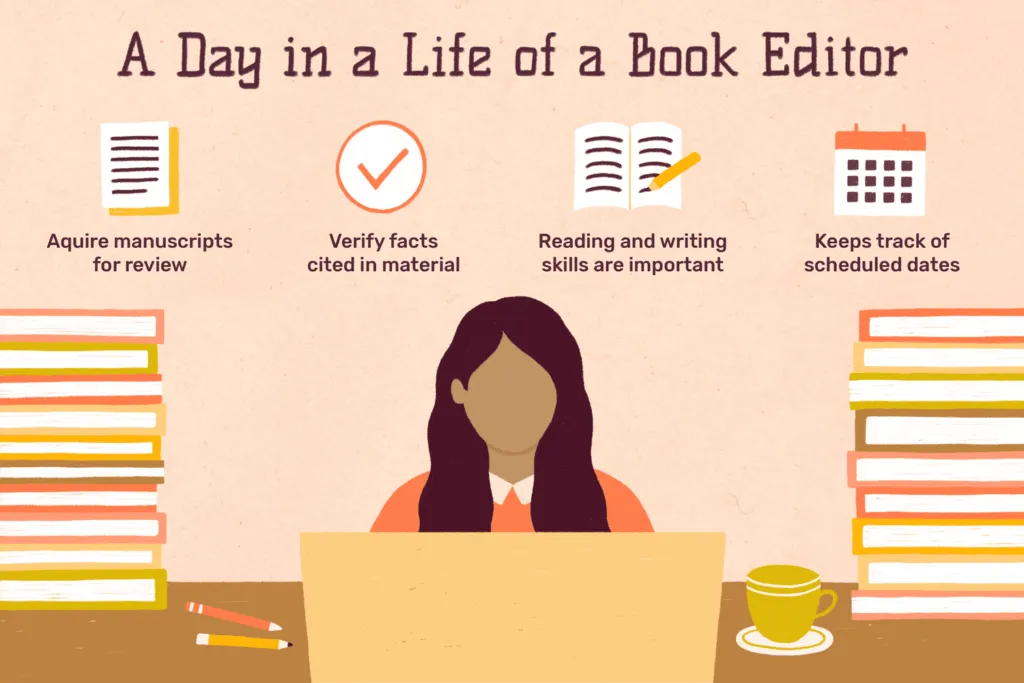
When editing a project that is written by a ghostwriter navigating the relationship between the author, publisher, and editor becomes slightly easier.
When the ghostwriter completes a manuscript they then turn it over to the editor. and like a good ghost, they disappear. The editor should have zero contact with the ghostwriter. The “author” (or the person whose name will be used as the author) still retains a say over the finished product in the very same way a traditional author would (one who actually writes).
The difference between editing fiction

It may come as a surprise to you that there is quite a big difference in the expectations and practices of editing non-fiction as opposed to fiction. There are obvious stylistic and formatting differences, but there is also a difference in the expectations and in the number of edits that the editor will be expected to make.
When an author (or the author’s agent) submits a work of fiction for publishing consideration, they will submit the entire completed manuscript.
However, when an author is working in non-fiction, they do not necessarily submit a finished product to the publisher. (Submitting a finished non-fiction manuscript for publishing consideration is extremely rare). Instead, the author or agent will submit a book proposal. The proposal consists of little more than an outline with marketing and promotion considerations.
This is an important distinction the editor should be aware of because it means the following:
- A manuscript of fiction has already been finished and reviewed by the publisher before the editor ever sees it. This means that the edits the editor is expected to do have already been, for the most part, determined beforehand.
- A manuscript of non-fiction has not been reviewed by the publisher before it is sent to the editor. This means the editor will most likely have a greater role to play with more edits and suggestions to offer than they would with a manuscript of fiction.
Adhering to the Publisher’s Style Guide
Publishers like for their books to all be formatted the same way with adherence to the same style guide. This runs the gambit of indentations, capitlaisation rules, the use of commas, colons, semi-colons, etc.
The author may be excellent at punctuation, but they may also have punctuated their manuscript in a style that differs from that of the publisher. It is then the editor’s job to make sure the manuscript conforms to the publisher’s preferred style guide.
An Excellent Editor Possesses Excellent Soft Skills
Soft skills (also known as transferable skills or core skills) are defined by the abilities and characteristics that relate to how you work and how you interact with others.
It is not enough for an editor to be skilled in grammar, punctuation, and story-telling. A good editor must also be a skilled communicator with good interpersonal skills. The interpersonal skills an editor needs to possess are much like the soft skills every company is looking for in their employees.
-
- Adaptability – each author is different, and each manuscript will be different, presenting different problems that require their own specific solutions
- Emotional Intelligence – an editor is tasked with reviewing and commenting on someone’s very personal creation. And although authors tend to be wonderful people, they are not always the most humble or thick-skinned of individuals.
- People Management – an editor is tasked with making both parties happy (author and publisher). And those two parties don’t always see eye to eye. Even though an editor is primarily tasked with working on a manuscript, it can sometimes feel like the editor is tasked with something more akin to dealing with office politics.
- Cultural Awareness – there might not be an industry that is more “woke aware” than the publishing industry. An editor will be tasked with editing manuscripts that cover a wide spectrum of ideas, cultures, thoughts, ideas, and questions of morality and character. A good editor needs to be aware of various sensitivities and potential misunderstandings or offenses (real or exaggerated).
Book Editing Best Practices
Following is a checklist of what factors you need to be aware of and what steps you should take in order to be a good book editor.
Before you read even the first line of the manuscript, you should:
Have a Clear Understanding of the Intended Market
A book editor is tasked with not just making sure a given manuscript is the best it can be but also making sure it conforms to the expectations of the market the manuscript is intended for. The intended market will go a long way toward determining:
- The length of the manuscript (for example, a work of fantasy or sci-fi is expected to be significantly longer than a pulp or literary manuscript)
- The readability of the manuscript (for example, a best-seller is expected to be easy to read whereas a more literary manuscript is expected to challenge the reader)
- Sylistic expectations of the writing (for example, a crime or detective work is expected to go heavy on physical descriptions whereas a horror manuscript might be more atmospheric or dreamlike in its descriptions)
- The tropes the manuscript should explore or avoid
- The pacing of the story
Have a Clear Understanding of the Target Reader
In much the same way that the manuscript’s intended market will determine many stylistic and narrative components of the piece, so will the reader the manuscript is meant to appeal to. Here is a short checklist of questions you should be prepared to answer when editing the manuscript.
- Are the words and themes appropriate for the target reader?
- Does the level of difficulty of the manuscript correspond to the reader’s expectations?
- Are the cultural and/or thematic references appropriate for the target reader?
Have a Clear Understanding of the Author’s Vision
It’s important that you remember: the editor is tasked with editing the manuscript they have been assigned, not the manuscript they wish they had been assigned. The edits and suggestions you make should align with the author’s vision for the work, and the only way the editor will be able to effectively accomplish this is by having a clear understanding of what the author is hoping to achieve with the work.
Have a Clear Understanding of the Publisher’s Vision
In an ideal situation, the author’s vision and the publisher’s vision should be one and the same. However, it would not be wise to simply assume that is the case. Even if the visions differ slightly, it is still possible to respect both visions with the same manuscript. Understanding the publisher’s vision takes into account the following:
- The expected marketing strategy the publisher intends to use to sell the book
- The long-term plans the publisher has for the work and its author (including potential series, sequels, or spin-offs)
- How the manuscript aligns with other works in the publisher’s catalog
When Making Line Edits
Once you’ve gained a clear understanding of the above-mention aspects of the work, it’s time to open up the manuscript in dive in.
Line edits, for the most part, generally fall under the umbrella euphemistically referred to as SPaG (spelling, punctuation, and grammar).
Invariably, when you come upon a passage or a word you feel could benefit from an edit, suggestion, or rewrite, make sure you observe the following:
- Give clear and informed explanations as to why you are suggesting the change.
- Present edits or suggested edits as an option. Let the author retain control over their work by suggesting edits rather than insisting on them. and present the author with a choice so that the finished product remains one of their design.
- Line edits should aim for consistency as well as clarity. For example, if the Oxford comma is used in one passage, it should be used throughout the entire manuscript.
- Line editing also consists of doing a certain amount of fact-checking. This is not only limited to names of places, institutions, or historical events but to the plausibility or potential impossibility of what a character is described as doing.
When Making Broader Suggestions
In addition to checking for consistency and accuracy in SPaG (spelling, punctuation, and grammar), the editor is tasked with making edits or suggestions on the work as a whole. These types of edits or suggestions include but are not limited to:
-
- Pacing – Are there passages that drag? Do some tense or important passages go by too quickly not leaving the reader with the proper amount of time to fully digest what they are reading?
- Consistency of tone – Does the manuscript maintain a consistent tone or a consistent balance of the various tones it is working with?
- Consistency of POV – A common mistake many writers make is to have unnatural shifts in the POV (point of view, or perspective) of a story’s narration. For example, if the author is using a tight single-character POV, there may be elements of the story the character couldn’t possibly be aware of. This includes but is not limited to what another character is thinking or feeling.
- Likability of a character or characters – If the protagonist, narrator, or supporting characters are meant to be portrayed as likable, does the manuscript succeed in accomplishing this feat? Likewise, if another character is meant to be feared or mistrusted, does the manuscript succeed in accomplishing this goal?
- Loose Ends – Whether it’s a work of fiction or non-fiction, a good manuscript will bring up a multitude of questions, ideas, and themes. When the reader has finished reading the work, they should be left with a satisfactory explanation of the questions brought up (unless it is the author’s intention to challenge the reader with ambiguity). Does the manuscript bring up any conflicts or potential conflicts that are not resolved? Does the denouement leave the reader with further questions the author would prefer the manuscript settles for them?
Final Remarks
Regardless of whether you are tasked with editing a manuscript of fiction or non-fiction, a good editor will need to have a clear understanding of the various intentions and ambitions of both the author and the publisher (not to mention those of the target reader).
A good editor should present their edits or suggested edits as choices so that the author retains complete control over their work. the author should come away with a clear understanding as to why the edits have been suggested and why the work they have created potentially falls short of their goals.
A book editor works with a manuscript, but he or she also needs excellent people skills to successfully navigate the potential ego or sensitivity of the author.
